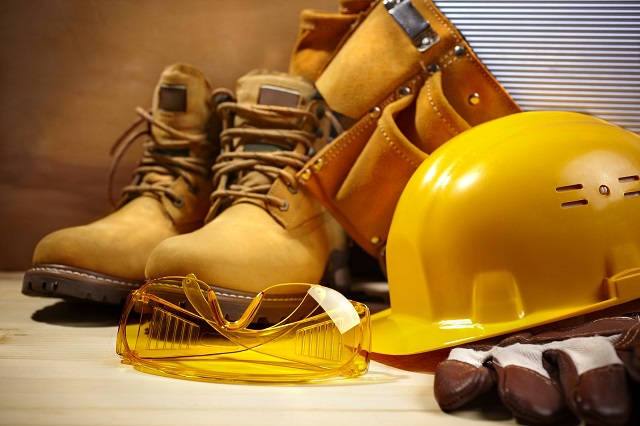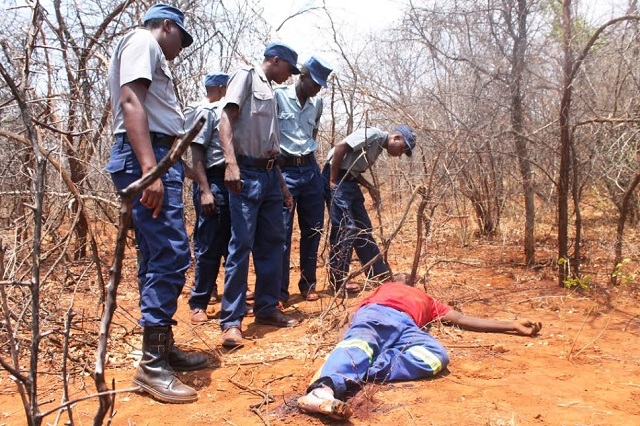EDITORIAL COMMENT: Miners should invest in safety equipment

Small scale mining is an important sub-sector in the local extractive industry.
There are about 600 000 registered small scale miners countrywide, with 100 000 more working illegally.
Mostly active in chrome and gold extraction, they employ tens of thousands and contribute to national production figures. Last year, the miners produced seven tonnes of gold, while larger ones produced 14 tonnes. Of the 10,7 tonnes of gold that was produced in the first half of this year, around 24 percent came from the small-scale sector.
Consistent with the Government’s indigenisation strategy, it has put in place a range of measures to promote smaller miners. The latest is a $20 million Reserve Bank of Zimbabwe facility under which they can borrow to buy machinery to boost their operations.
Therefore, small scale gold mining is critical to national economic development and has tremendous potential.
However, the industry has, over the years, been marred by recurrent accidents that have killed and maimed dozens of workers, if not scores. It is estimated that about three accidents occur in the artisanal and small-scale sector daily.
On Sunday a man died at Berwick 3 Mine, a small operation in Gwanda, after a shaft collapsed, we reported yesterday. There are fears that two people died when yet another shaft caved in at Inyathi on Thursday last week. In May two people died at Homesteak Mine in Kwekwe after a shaft collapsed on them.
As we highlight these fatalities, we are mindful of the fact mining is inherently dangerous whether at small-scale operations or larger ones, but we argue that the larger proportion of the accidents occur at the former.
It appears the quest for profit pushes some miners to overlook important occupational health and safety standards. Little attention is given to setting up of solid infrastructure underground to minimise instances of mine collapse. Some go down the shafts without proper equipment or protective clothing. Regrettably, these have led to pain and tears as we have seen at Gwanda and Inyathi over the past few days.
Miners who lack protective clothing get exposed to dangerous chemicals they use in processing the yellow metal, among them mercury, sulphuric acid and cyanide. Diseases such as tuberculosis are also common among workers at small mines as many of them work without protective masks.
Drunkenness is sometimes a cause of accidents at small mines. A worker who goes down the mine to blast rocks while drunk is less likely to do the job properly in such a risky environment.
Yet life is sacrosanct, whereas profit is not. A life once lost cannot be recovered but with profit there is always another chance tomorrow.
We therefore expect a lot more effort from the Government and operators themselves in improving the health and safety standards at small scale mines.
Mining inspectors must pay particular attention to these operations. They are a high risk area because miners are tempted to overlook laid down processes for quicker profit. Yes, to some extent larger miners face the same temptation. However, since they generally have more resources, experience and reputations to protect they tend to play by the rules. Also, as they command more resources, they are able to invest in best practices in mining. This is why we argue that mining inspectors have a lot of work to do at mines such as Berwick and Homesteak to compel them to invest in supporting the shafts and tunnels, as well as protective clothing for greater safety.
The Government can do small miners a huge favour if it reduces the multiplicity of levies on their activities. These include Environmental Management Agency, environment impact assessment, milling and other fees that hurt the profitability of miners, leaving them with little to invest in occupational safety and health matters.
At the same time, broadening the scope of support facilities such as the latest $20 million one would be helpful. They must not be geared for procurement of equipment only but for building of stronger underground infrastructure as well.
Miners should not take such investment as a burden. It is unnecessary for them to play hide and seek with authorities as the policing we are calling for is intended to protect their workers and advance their businesses. They need to guard their reputations too by doing the right thing. It is also critical for them to employ skilled personnel who know what they are doing as opposed to engaging those with experience as illegal gold panners.
Their representative organisations, among them the Zimbabwe Miners’ Federation and the Zimbabwe Artisanal and Small-scale Mining Council have a role to play through some kind of peer review mechanism.
Mine workers too must to shun behaviours that endanger their lives. This means that they must avoid drunkenness and, as much as possible, take it as their responsibility to adhere to mining regulations.
“I urge all our mines, whether big or small,” said Mines and Mining Development Minister Walter Chidhakwa in September last year, days after a miner had died at Mimosa Mine in Zvishavane, “to look at the safety of our people who are the miners. I get troubled to hear the death of a miner because life is precious. It needs protection.”
That is the message that small scale miners need to heed.











Comments